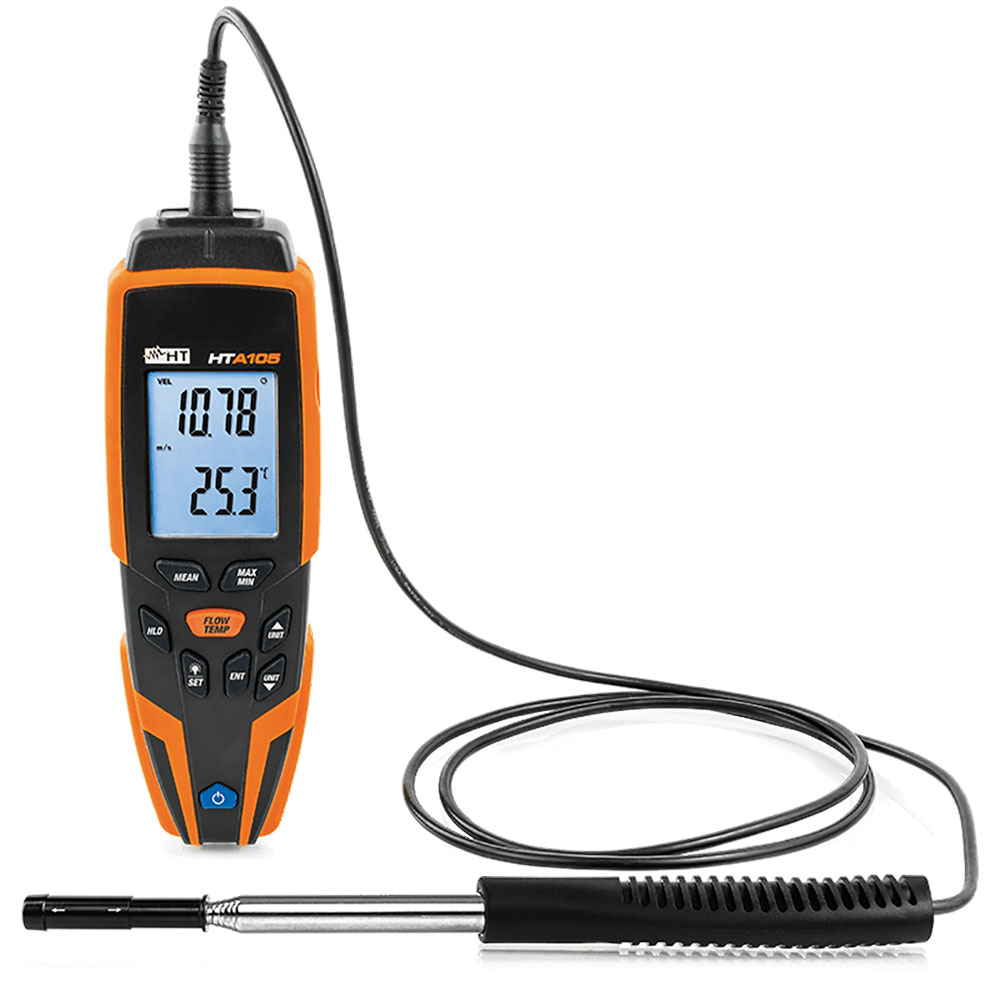How an Anemometer Can Improve Your Weather Monitoring System
How an Anemometer Can Improve Your Weather Monitoring System
Blog Article
Anemometers Introduced: Recognizing Their Value in Ecological Surveillance and Safety And Security Steps
The function of anemometers in environmental tracking and precaution is usually ignored, yet their importance is undeniable. These tools have a lengthy history rooted in scientific inquiry and technological advancements, progressing to end up being necessary tools in various fields. From weather forecasting to air travel safety, anemometers play a critical role in providing accurate information that notifies decision-making processes and boosts overall safety. Understanding the intricacies of anemometers reveals a globe of critical understandings that are essential to our understanding of the environment and the actions we require to guarantee security.
Background of Anemometers
The evolution of anemometers can be mapped back to the old civilizations where primary wind determining devices were initial made use of. One of the earliest known anemometers was the hemispherical cup anemometer invented by Leon Battista Alberti in the 15th century.
In the 18th century, the renowned scientist John Thomas Romney Robinson introduced the Robinson anemometer, which featured 4 hemispherical cups placed on straight arms that extended from a central axis. This design became a requirement in atmospheric dimensions as a result of its accuracy and reliability. Throughout the years, improvements in modern technology brought about the development of more modern-day anemometers, including ultrasonic anemometers and laser Doppler anemometers, using boosted accuracy and effectiveness in determining wind speed and direction. The history of anemometers showcases a remarkable journey of advancement and progression in the area of meteorology.
Types of Anemometers
Throughout the area of weather forecasting, numerous kinds of anemometers have been established to properly gauge wind speed and instructions. Sonic anemometers use ultrasonic signals to determine wind rate and instructions accurately. Hot-wire anemometers run based on the concept that the cooling impact of wind on a warmed wire is symmetrical to the wind rate.
Applications in Meteorology
Having actually discussed the various types of anemometers used in weather forecasting for measuring wind speed and direction, it is necessary to discover their sensible applications in the area. Anemometers play a vital duty in weather forecasting by providing real-time and accurate data on wind conditions (anemometer). Meteorologists use anemometers to keep an eye on wind speed and instructions to anticipate climate patterns, concern cautions for serious climate occasions like storms, storms, and twisters, and analyze atmospheric problems for aviation safety and security
In weather forecasting, More hints anemometers help in recognizing regional and neighborhood wind patterns, which are essential for anticipating weather condition adjustments and determining continue reading this weather patterns. These devices are also made use of in study to study microclimates, metropolitan warmth islands, and air pollution diffusion. Furthermore, anemometers are employed in farming to enhance plant management techniques, such as watering and pesticide application, based upon wind conditions.
Relevance in Aviation Safety
An important facet of guaranteeing aeronautics safety and security lies in the meticulous tracking of wind conditions using anemometers. Anemometers play an essential duty in aviation by providing real-time information on wind speed and instructions, helping pilots in making informed choices during liftoff, touchdown, and flight. Strong and uncertain winds can considerably impact airplane procedures, making it essential for aviation authorities to count on exact wind dimensions to ensure the safety of travelers and staff.

In review the vibrant environment of aviation, where even small changes in wind rate and instructions can have extensive effects, anemometers stand as crucial devices for advertising secure and safe flight.
Duty in Environmental Research
Anemometers play an essential function in environmental research study by supplying crucial information on wind rate and instructions. By precisely gauging wind qualities, anemometers assist researchers analyze the movement of pollutants in the air, evaluate the impact of industrial emissions, and predict the spread of contaminants in the environment.


Verdict
In final thought, anemometers have actually played a crucial duty in ecological monitoring and safety and security procedures. Comprehending the value of anemometers is vital for accurately gauging wind rate and instructions, which is essential for forecasting weather condition patterns, guaranteeing secure air travel procedures, and carrying out ecological researches.
One of the earliest recognized anemometers was the hemispherical cup anemometer developed by Leon Battista Alberti in the 15th century. Over the years, developments in modern technology led to the advancement of more modern-day anemometers, including ultrasonic anemometers and laser Doppler anemometers, using increased precision and performance in determining wind speed and direction. Hot-wire anemometers run based on the principle that the cooling impact of wind on a warmed wire is symmetrical to the wind speed. Meteorologists make use of anemometers to keep track of wind rate and direction to forecast climate patterns, concern cautions for severe weather condition occasions like tornados, hurricanes, and hurricanes, and examine climatic problems for aviation safety.
Comprehending the significance of anemometers is crucial for accurately measuring wind speed and direction, which is important for anticipating climate patterns, ensuring safe aviation operations, and conducting environmental studies. (anemometer)
Report this page